Intramedullary Spinal Cord Hematoma — Surgical treatment in the Best Hospitals of Germany
Treatment prices are regulated by national law of the corresponding countries, but can also include additional hospital coefficients. In order to receive the individual cost calculation, please send us the request and medical records.
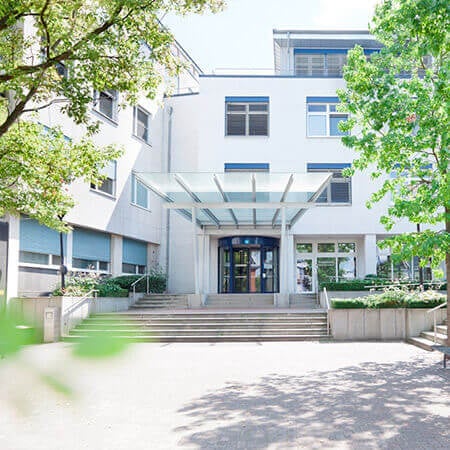
Department of Spinal Surgery
The Department of Spinal Surgery annually treats more than 780 patients with spinal cord hematoma. The specialists completely remove the blood clot and perform endoscopic decompression of the spinal cord. The surgery involves the use of a three-dimensional O-Arm x-ray system that provides additional protection for the spinal cord. The department is headed by Dr. med. A Bitter, who specializes in microsurgical spinal interventions.
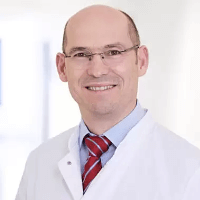
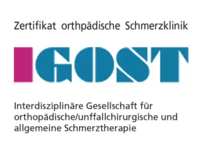
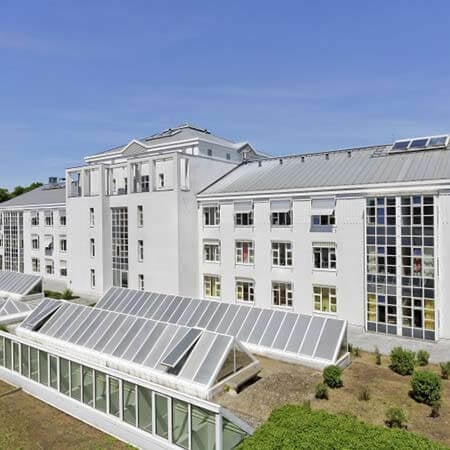
Department of Spinal Surgery
The Department of Spinal Surgery at the Vivantes Auguste-Victoria Hospital all diseases of the spine - both conservatively and operatively. Patients with herniated intervertebral discs, displacement of vertebrae, stenosis of the spinal canal or back pain are treated here. In addition, specialists of the department have a unique experience in the field of complex reconstructive and revision surgeries, which are conducted to continue or correct the previous surgical treatment.
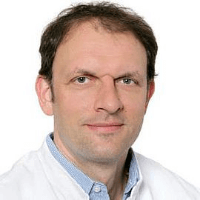
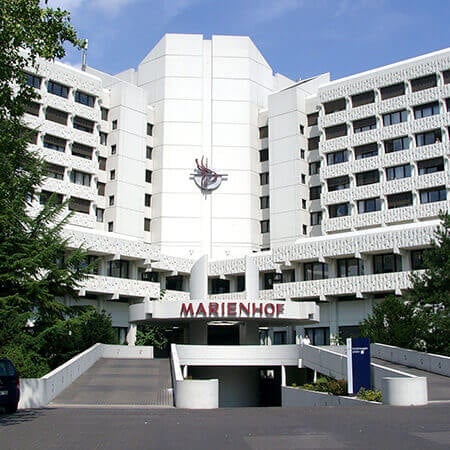
Department of Spinal Surgery
The Department of Spinal Surgery offers the full range of effective treatment methods in the area of its specialization. A highly qualified team of doctors is at the service of the department's patients, who have in their arsenal advanced conservative and surgical treatment methods for pathological changes in the spine. Spinal surgical procedures are performed in modern operating rooms, the technical equipment of which allows spinal surgeons to perfectly perform both major open surgery and sparing interventions: minimally invasive, endoscopic, and microsurgical. Surgical treatment is complemented by a carefully planned course of physiotherapy. This includes procedures such as therapeutic exercises, manual therapy, massage, osteopathic treatment, etc. The department's team of doctors consists of 10 highly qualified specialists who, together with experienced nursing staff, admit more than 1,300 inpatients annually. The medical facility is certified by the German Society for Spine Surgery (DWG) as a level II specialized center. The department's medical team makes every effort to provide each patient with optimal treatment in a pleasant and friendly atmosphere.

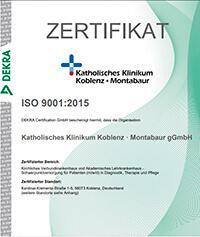
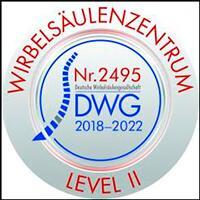
A spinal cord hematoma is a tumor-like formation that develops as a result of a hemorrhage into the gray matter of the spinal cord. It stretches the spinal cord tissue, squeezing the nerve structures and causing severe neurological lesions. Like a brain hemorrhage in the head, a spinal cord hematoma is a deadly disease that often requires surgical treatment. You can receive top-class medical care at one of the German hospitals. On the Booking Health website, you can find out the cost of treatment in Germany and choose a medical care program at a favorable price. Our specialists will help you reduce the waiting period for your treatment, since the timing of hematoma removal is important for treatment success. The earlier the operation is performed, the lower the risk of developing irreversible changes in the nervous tissue and a severe neurological deficit after an operation on the spine.
Content
- Causes of the development of intramedullary spinal cord hematomas
- Diagnostics for intramedullary spinal cord hematomas
- Conservative treatment for intramedullary spinal cord hematomas
- Surgical decompression for intramedullary spinal cord hematomas
- Elimination of the cause of the formation of intramedullary spinal cord hematomas
- Why to undergo your treatment in Germany for intramedullary spinal cord hematomas?
Causes of the development of intramedullary spinal cord hematomas
Spinal cord hemorrhages can be caused by infection, injuries, medical procedures, tumors, or ruptured arteriovenous malformations. They can also be caused by vasculitis (inflammation of the blood vessels) or coagulopathies (blood clotting disorders).
This is a rare disease that leads to the accumulation of blood in the tissue of the spinal cord or between its meninges. According to their localization, hematomas can be classified as follows:
- intramedullary (hematomyelia);
- subarachnoid (under the arachnoid mater);
- subdural (under the dura mater);
- epidural (outside the spinal dura mater).
A ruptured abnormal vascular formation, such as an arteriovenous malformation, is the most common cause of a hemorrhage. Blood vessels rupture at the moment of severe physical stress, for example, when lifting weights, straining, or experiencing sudden extension of the spine. Older people may have spontaneous hemorrhages, for example, due to high blood pressure.
The term "hematoma" consists of two words, namely "hema" meaning "blood" and "oma" meaning "tumor". In fact, the accumulation of blood is not a true tumor. It can, however, mimic a tumor in its clinical manifestations and consequences.
Diagnostics for intramedullary spinal cord hematomas
Before operations on the spine, brain, and spinal cord, patients are examined to optimally plan surgery and make sure that there are no contraindications to surgical treatment. It is equally important to assess the causes and mechanisms of hematoma formation to prevent recurrent hemorrhages.
A hematoma can be detected with an MRI. During the scan, doctors identify a large area of change in the MR signal. The spinal cord often swells and shifts, and the diagnostic procedure therefore detects its unclear contours.
Other examinations may also be used. These include the following:
- spinal X-rays or CT scans for a suspected spinal injury;
- a lumbar puncture is a diagnostic procedure in which doctors make a lumbar puncture to collect cerebrospinal fluid (a fluid that washes the brain and spinal cord);
- a coagulogram allows the doctors to assess blood clotting.
Patients undergoing their treatment in Germany have comprehensive diagnostics prior to their surgery of the spine, so that the operation is safe and well planned.
Conservative treatment for intramedullary spinal cord hematomas
Immediately after a hemorrhagic spinal stroke, a patient is hospitalized. They receive therapy with drugs that improve blood clotting. This helps to reduce the amount of hemorrhage, and hence the size of the hematoma. The therapy also reduces the risk of recurrent hemorrhages.
The formation of a spinal cord hematoma is immediately followed by an inflammatory reaction. Patients have edema, their nerve structures are compressed, and their blood supply is disturbed. Patients receive high doses of glucocorticoids to solve these problems.
Patients who have had conservative therapy or an operation on the spine require rehabilitation. The latest techniques are used abroad to restore maximum mobility, the patient's self-care ability, and control over the pelvic organs. The specialists prescribe therapeutic exercises, physiotherapy, and exercises on special fitness equipment and in the pool. Modern Rehabilitation Centers in Germany use robot-assisted systems, biofeedback, and virtual reality. New technologies accelerate the recovery process, simplify it, increase patients' motivation, and improve the final results. Rehabilitation lasts for several months while the rehabilitation potential is preserved. In some cases, a complete recovery can be achieved, but there is usually a residual neurological deficit since some of the spinal cord tissues are irreversibly damaged by the hemorrhage.
Surgical decompression for intramedullary spinal cord hematomas
Some patients require surgical treatment, which is performed on an emergency basis if a hematoma compresses the spinal cord structures. In this case, decompression, which is the elimination of compression, is required.
A laminectomy is usually performed for decompression. Doctors remove the spinous process and the vertebral arch, and then remove the hematoma.
After such an operation, the stability of the spine may be impaired because surgeons have to resect a significant amount of bone tissue. For patients to avoid complications, doctors can firmly fix the two vertebrae together or use dynamic fixation systems, which keep the spine mobile and reduce the risk of the development of diseases of the adjacent spinal segments.
In Germany, surgical procedures on the spine, spinal cord, and brain are performed under the guidance of neuronavigation systems. German hospitals have state-of-the-art equipment, so operations on the spine are safe and rarely cause any complications.
Elimination of the cause of the formation of intramedullary spinal cord hematomas
Patients receive treatment aimed at eliminating the cause of the spinal cord hematoma. These are usually aneurysms or arteriovenous malformations. Other pathological vascular formations may remain in the spinal cord or brain. They can be removed surgically or eliminated from the bloodstream using endovascular techniques.
Other vascular formations in the spinal cord are often located at other levels, but not where the hematoma formed. Therefore, their simultaneous removal during a decompressive lumbar laminectomy is not always possible. A more sparing treatment option is an endovascular procedure. It is carried out from the inside of the blood vessels through an incision in the inguinal region. Physicians use histoacryl glue or polyvinyl acetate emboli of varying diameters to occlude abnormal blood vessels. After they are eliminated from the circulatory system, ruptures with hemorrhages in the spinal cord or brain are practically excluded.
There are other causes for the development of hematomas, for example, rheumatic diseases, syphilis and other infections, or blood clotting disorders. All these pathologies can be treated with conservative methods. Adequate control of the underlying disease avoids severe complications. In some cases, hematomas may develop due to spinal cord tumors. In this case, the treatment tactics are determined by the underlying disease: the type of tumor, the stage of cancer, and the patient's health condition. As a rule, the tumor is removed or its growth is suppressed with the help of radiation therapy and chemotherapy.
Why to undergo your treatment in Germany for intramedullary spinal cord hematomas?
You can undergo your intramedullary hematoma treatment at one of the German hospitals. The Booking Health website presents the best Spine Surgery Centers. On our website, you can also find out prices and compare the cost of treatment in Germany at different hospitals. Our specialists will take care of all the arrangements for your trip. There are a few reasons for you to undergo treatment in Germany. These are the following:
- accurate diagnostics using state-of-the-art equipment, which allow doctors to optimally plan conservative treatment tactics or surgery;
- safe surgical treatment with a low risk of complications;
- intraoperative imaging of the brain, spinal cord, and spine;
- maximum restoration of the functions of the brain, spinal cord, and spine;
- stabilization of the spine that maintains its mobility;
- adequate postoperative analgesia and symptomatic therapy;
- full rehabilitation that helps doctors restore the patient's ability to work or self-care.
Doctors at German hospitals use state-of-the-art treatment methods for brain and spinal cord diseases. The Booking Health website will help you take advantage of the latest achievements in surgery of the spine. The real prices for medical services abroad are specified here. The prices are indicated separately for each type of treatment and for each hospital. The cost of treatment in Germany will be lower for you than if you contact a Neurosurgery Center directly. The prices for treatment will be reduced due to the lack of taxes for foreign patients.
Authors:
The article was edited by medical experts, board-certified doctors Dr. Nadezhda Ivanisova and Dr. Vadim Zhiliuk. For the treatment of the conditions referred to in the article, you must consult a doctor; the information in the article is not intended for self-medication!
Sources:

